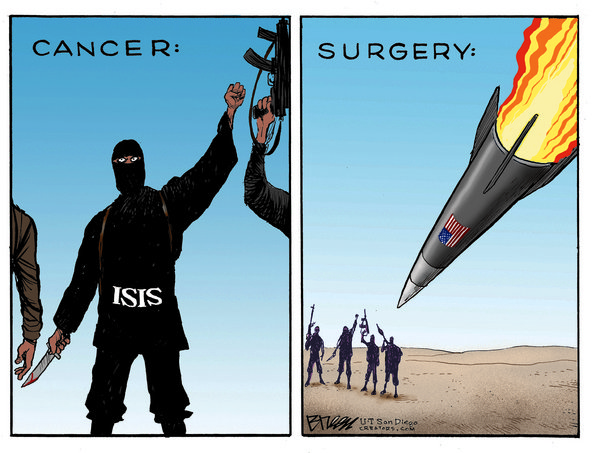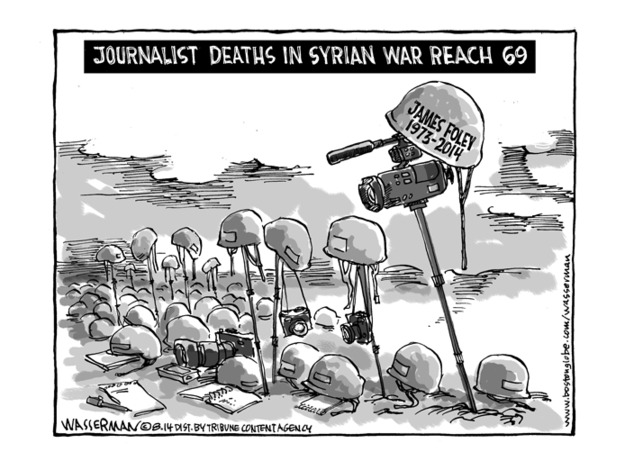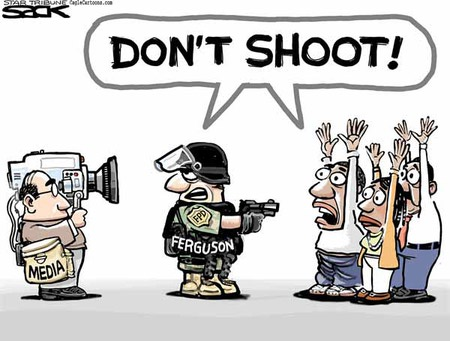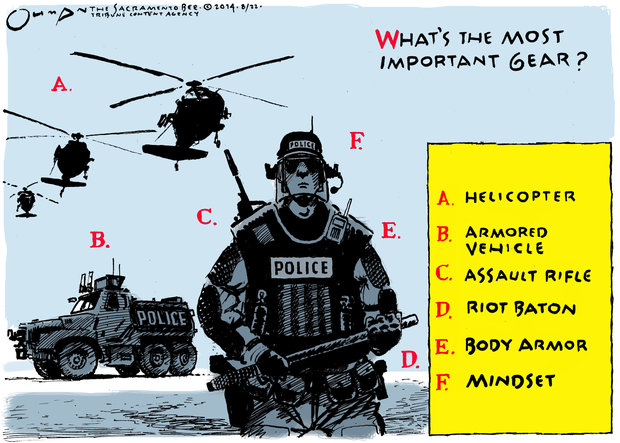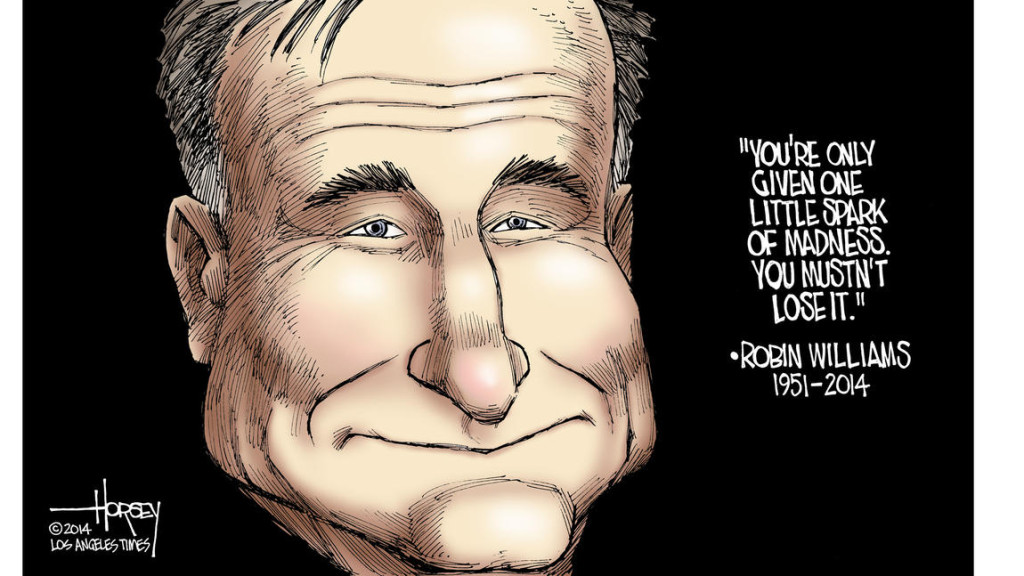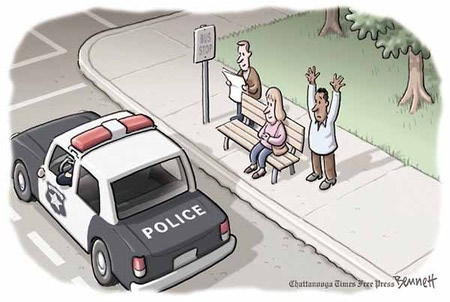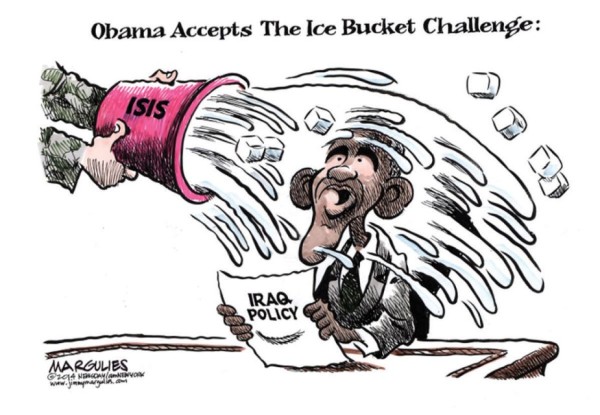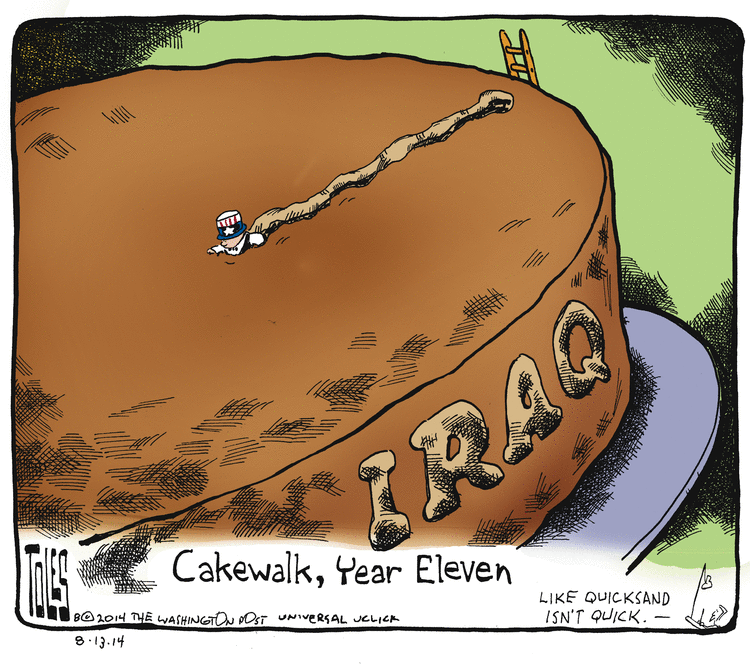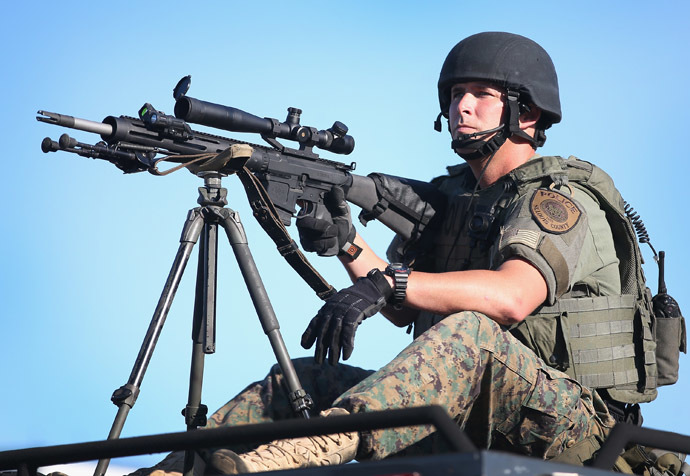If you have never been to Burning Man, your perception is likely of a white-hot desert filled with 50,000 stoned, half-naked hippies doing sun salutations while techno music thumps through the air and a big wooden statue of a man gets torched on the penultimate night. From the New York Times:
….let’s go over the rules of Burning Man: You bring your own place to sleep (often a tent), food to eat (often ramen noodles) and the strangest clothing possible for the week (often not much). There is no Internet or cell reception. While drugs are technically illegal, they are easier to find than candy on Halloween. And as for money, with the exception of coffee and ice, you cannot buy anything at the festival. Selling things to people is also a strict no-no. Instead, Burners (as they are called) simply give things away. What’s yours is mine. And that often means everything from a meal to saliva.
That is what it was like 10 years ago. Not anymore. As the desert week of art, sunburns and egalitarianism has grown, it sold out all available tickets. Scalpers ran up ticket prices, and the demographics began to shift upwards. People went from spending the night in tents, to renting RVs, to building actual structures. More from the NYT:
We used to have RVs and precooked meals, said a man who attends Burning Man with a group of Silicon Valley entrepreneurs…Now, we have the craziest chefs in the world and people who build yurts for us that have beds and air-conditioning…Yes, air-conditioning in the middle of the desert!
The NYT reported that his camp includes about 100 people from the Valley and Hollywood start-ups, as well as several venture capital firms. And while dues for most non-tech camps run about $300 a person, he said his camp’s fees this year were $25,000 a person. A few people, mostly female models flown in from New York, get to go free, but when all is told, the weekend accommodations will cost the party goers over $2 million.
So, starting today, San Francisco will resemble a ghost-town, with empty Google buses and Starbucks gone quiet as the city’s tech community descends on the Nevada desert. And this year, there is a Burning Man Traffic Mitigation Plan. All vehicles entering Black Rock City will need a $40 vehicle pass, and only 35,000 such passes are available.
Imagine: The wealthy icons of Tech partying with hipster representatives of the 99% who buy their products. Guess that means we can hate the multinationals who are working inversion deals to pay fewer taxes, but shame on you for hating Apple, Google and Microsoft. They go to the desert with the rest of us.
Now, gentrification is inevitable in any city. This is just another gentrification of large, public events. Think about South By Southwest (SXSW), the film, interactive, and music festival and associated conferences that take place early each year in March in Austin, Texas. First held in 1987, now it has corporate sponsors. Same with Coachella, the music festival that began in 1993 at one of the Wrongologist’s favorite places, the Empire Polo Club in Indio, California. (We go in January for an annual dog show, not for polo or the music festival in March).
These radical, egalitarian things morph into an amusement for the 1% just like the Hamptons, Jackson Hole, Ibiza or private islands. Its radical spending, and radical conspicuous consumption instead of the ideal of Burning Man, which is self-expression. Now, the ticket revenue is $20.4 million, ($300 x 68,000 tickets). There are no vendors allowed to set up inside the event but there are plenty of rich dudes on the inside ready to monetize and network.
In the words of Cyndi Lauper, “Money changes everything!” You know that’s true for Burning Man, since a featured guest speaker this week is Grover Nordquist, noted tax hater. It is doubtful that he would have attended this in earlier years, when it was a collection of just the naked 99%. Jon Stewart commented on Grover’s visit:
#TDSBreakingNews Grover Norquist is going to Burning Man. Thinking anti-tax message will resonate better if delivered in a neon thong.
— The Daily Show (@TheDailyShow) July 30, 2014
Burning Man is organized around 10 Principles. Here is number 3: (emphasis by the Wrongologist)
In order to preserve the spirit of gifting, our community seeks to create social environments that are unmediated by commercial sponsorships, transactions, or advertising. We stand ready to protect our culture from such exploitation. We resist the substitution of consumption for participatory experience.
Can you imagine what they could have done to Woodstock had it become an annual event?
This year, how about a huge moving sculpture of Burning Man jumping the shark?

